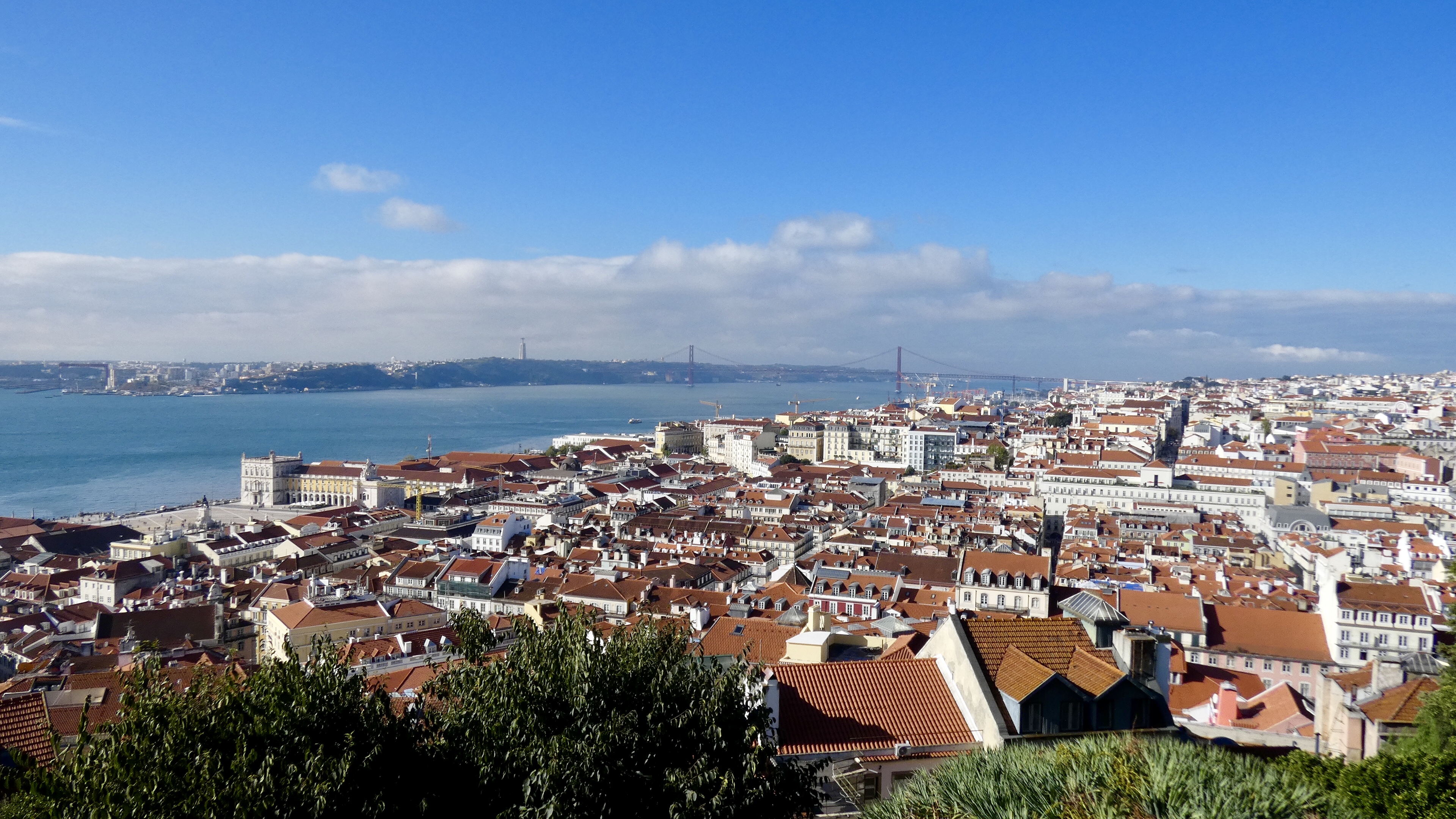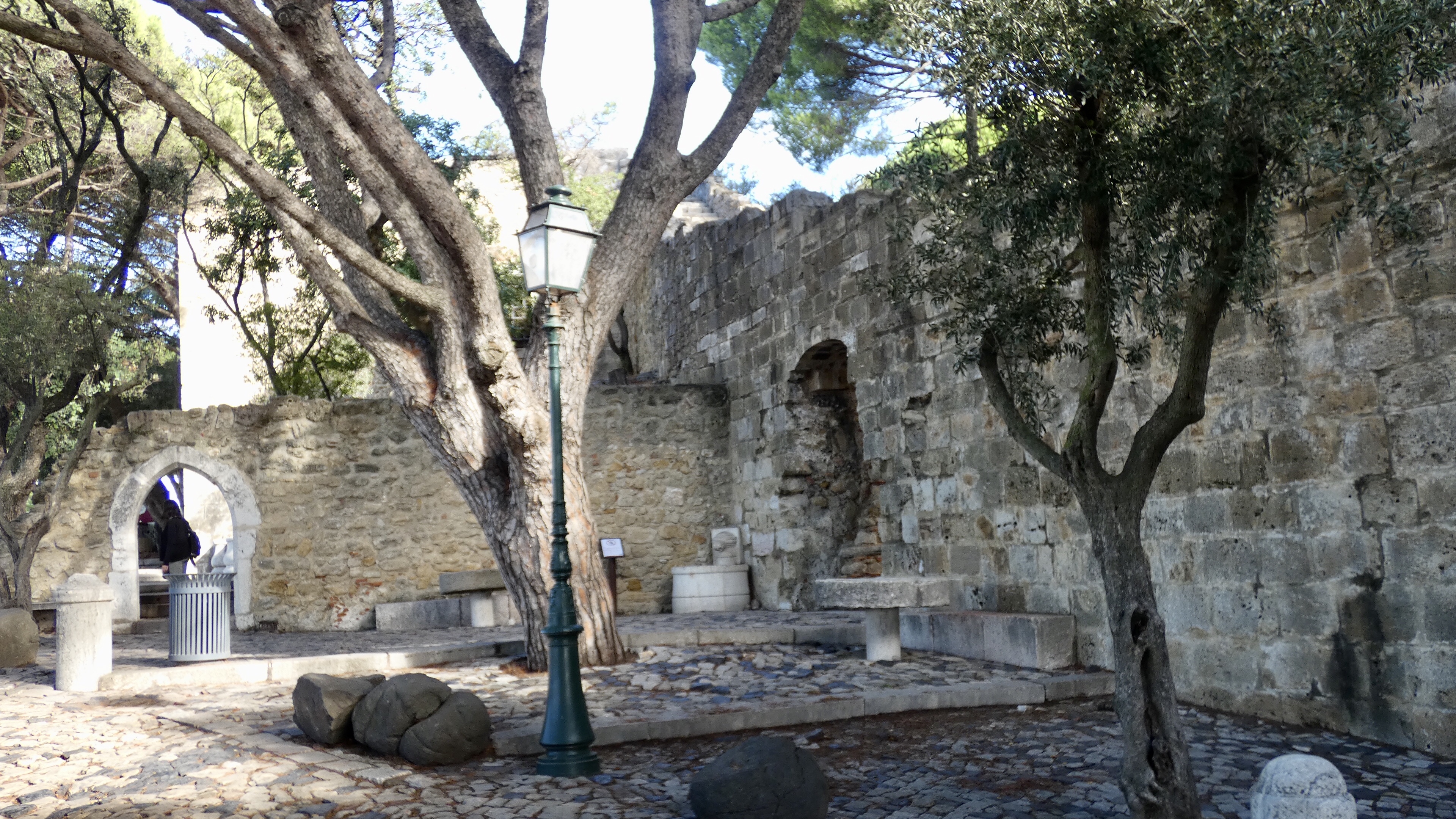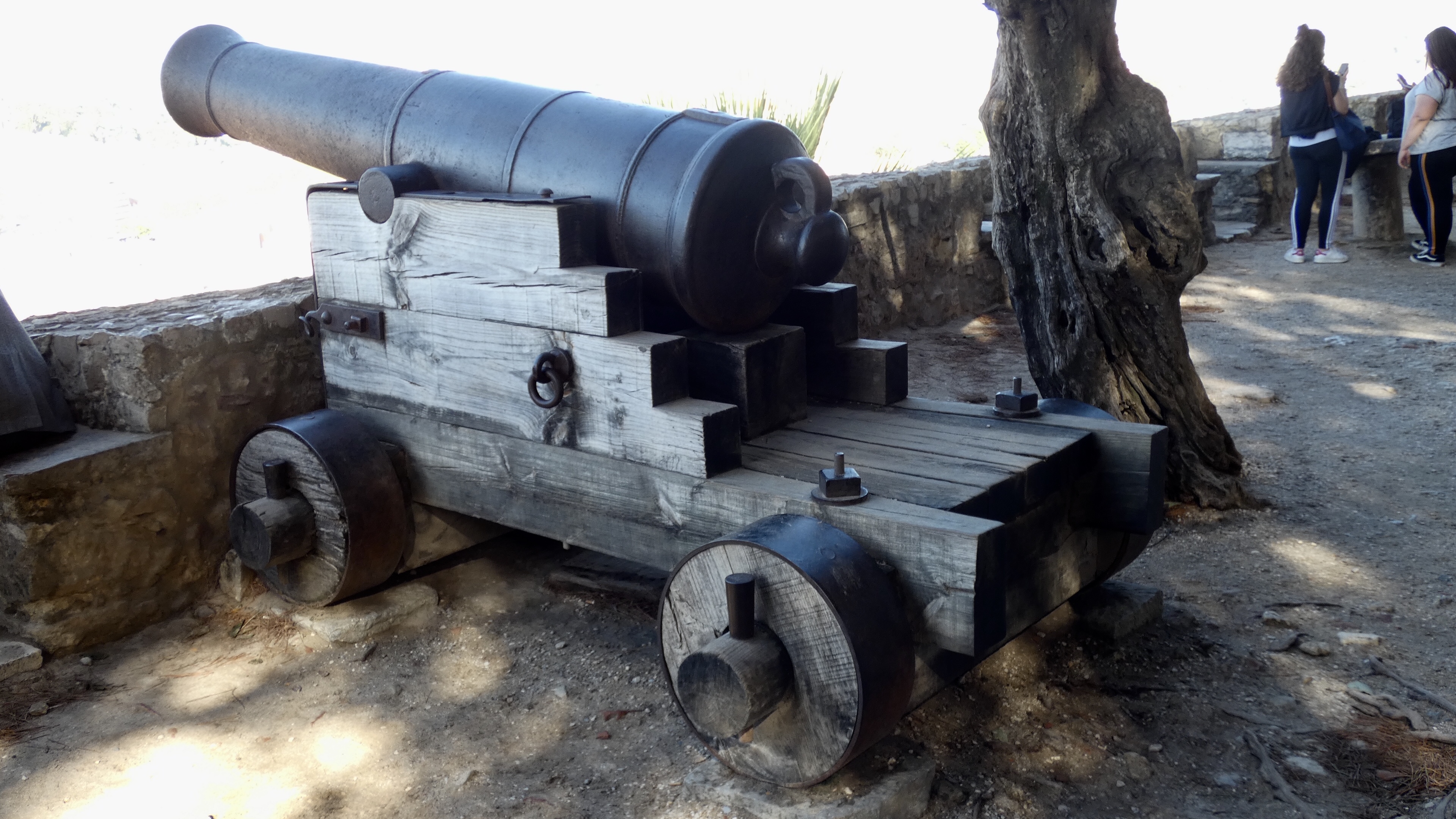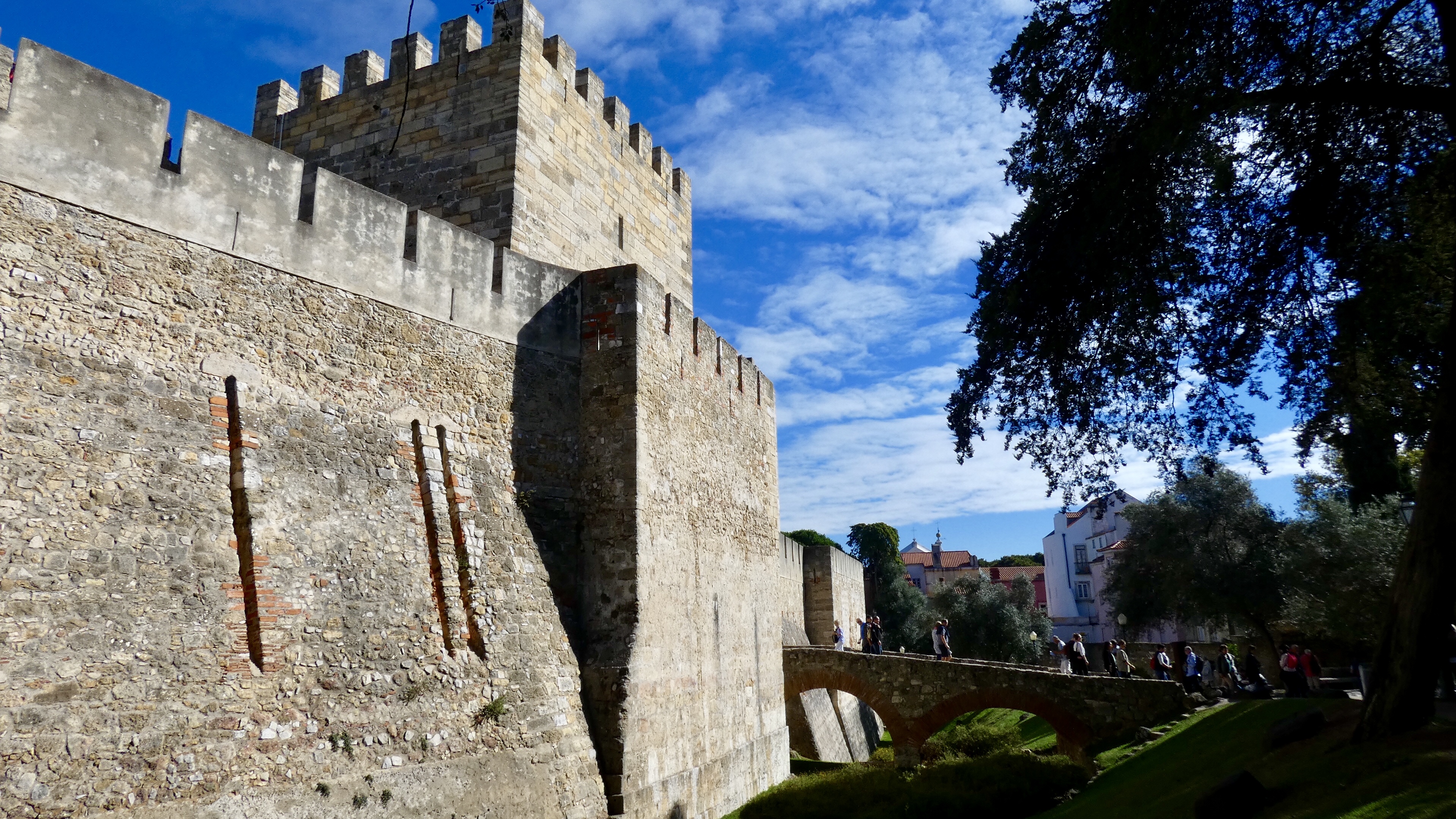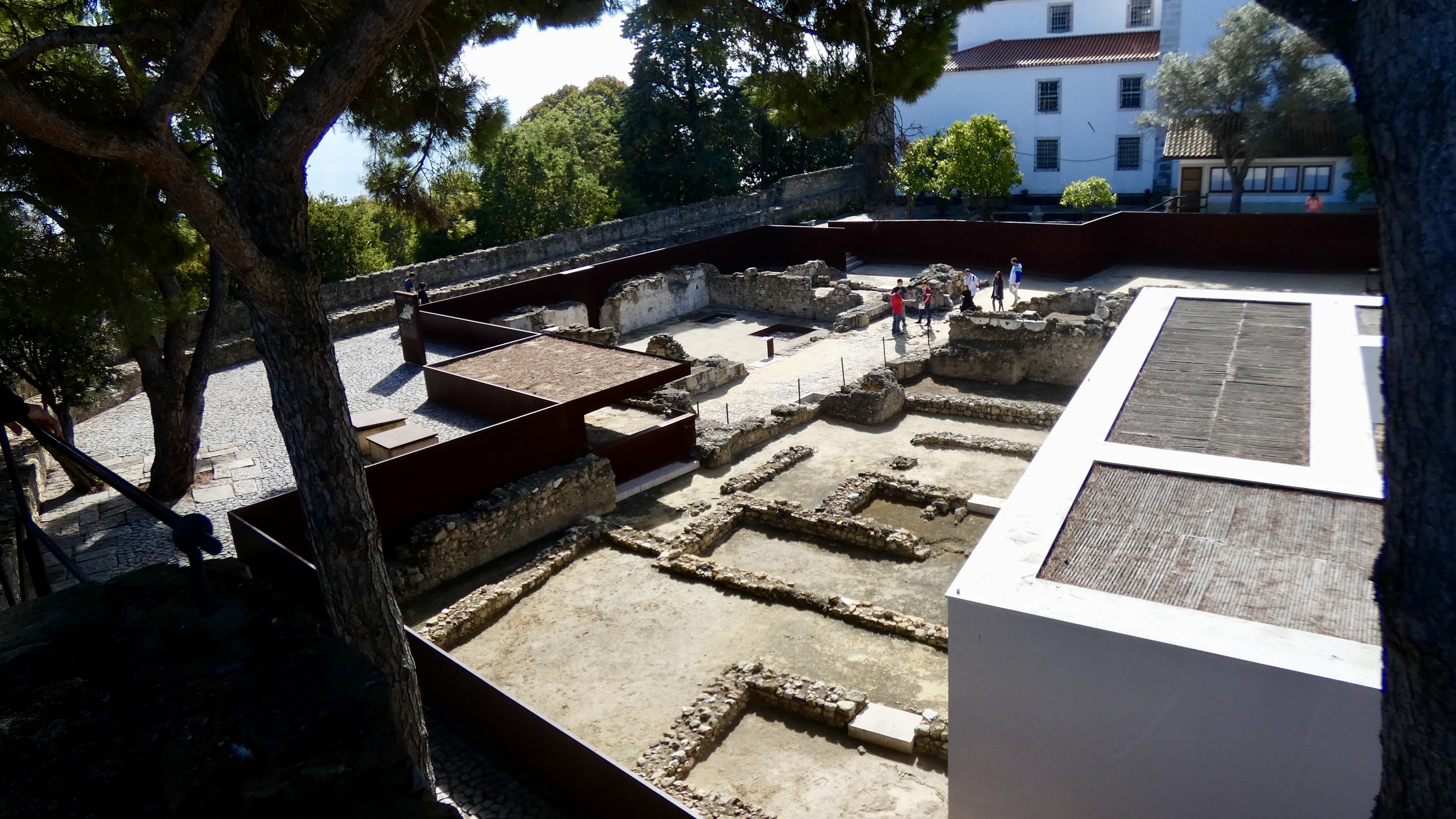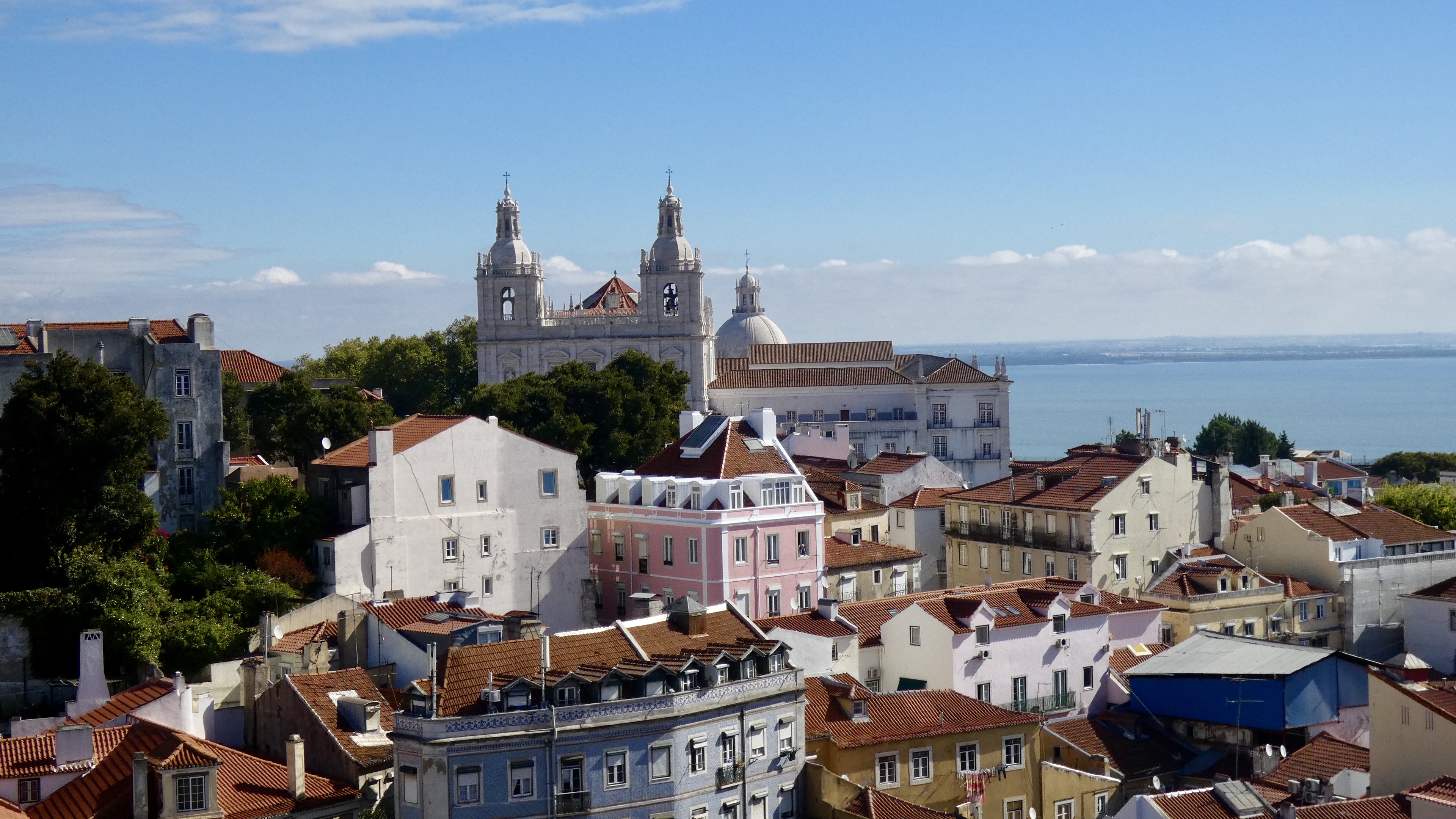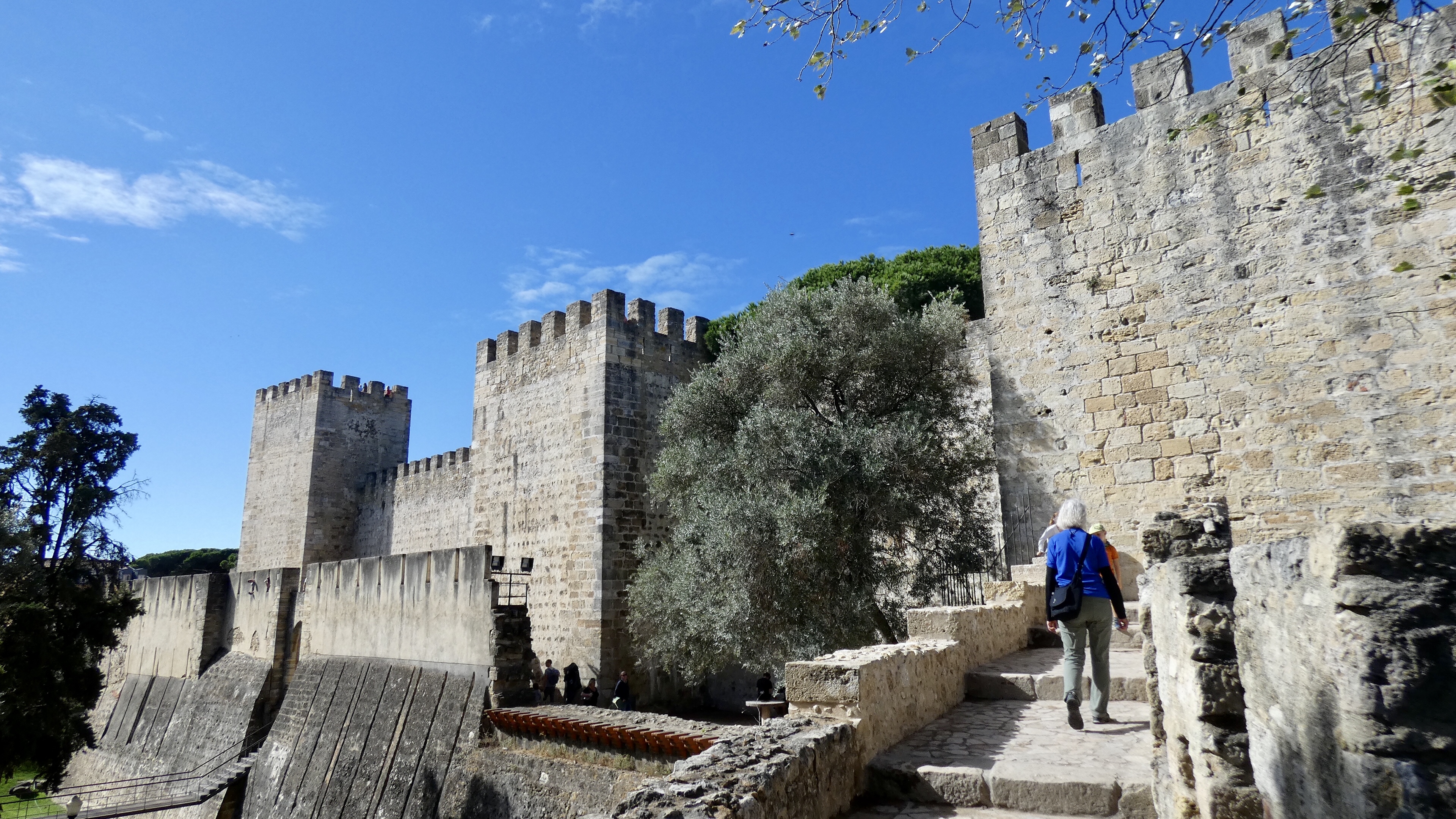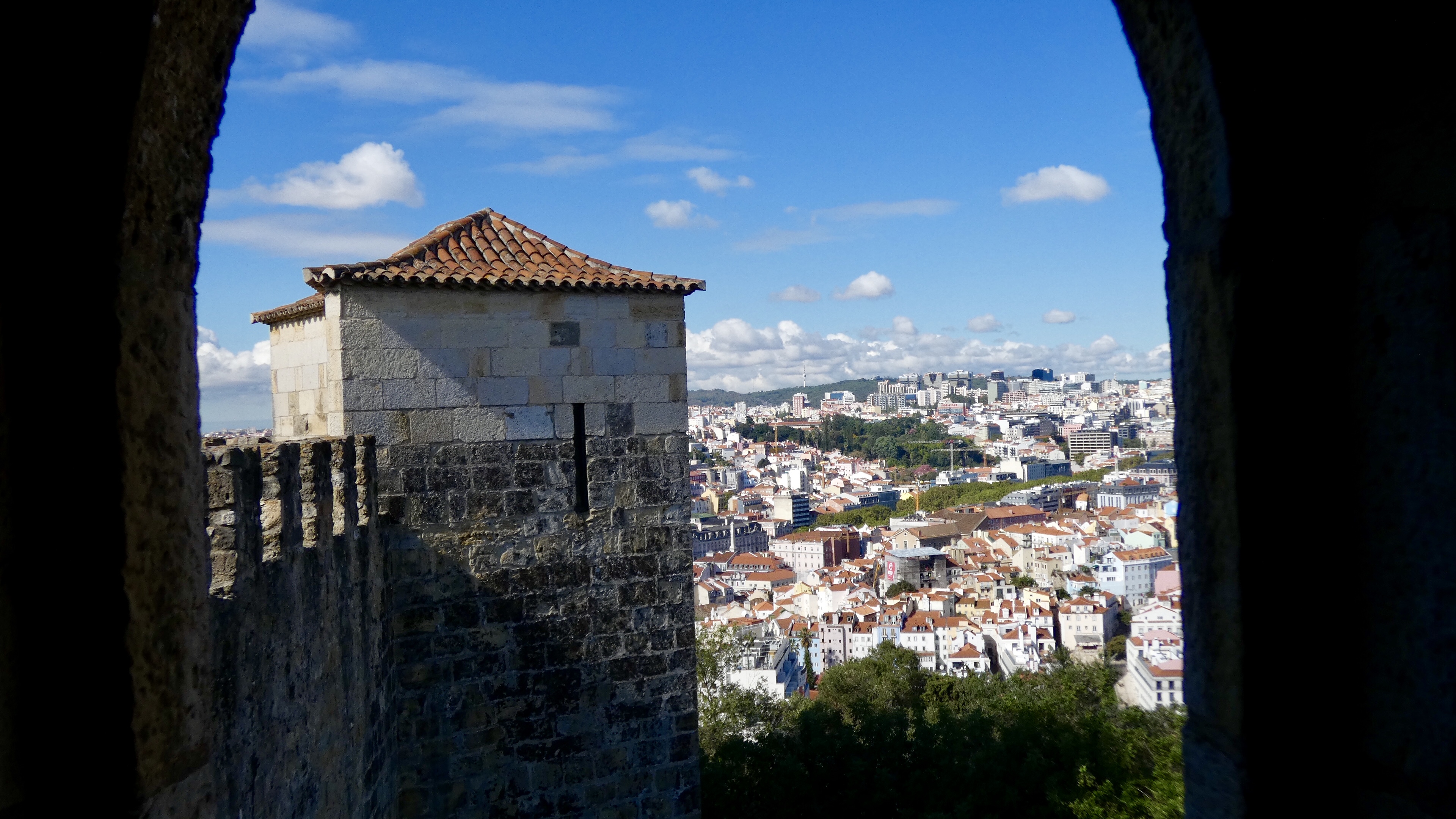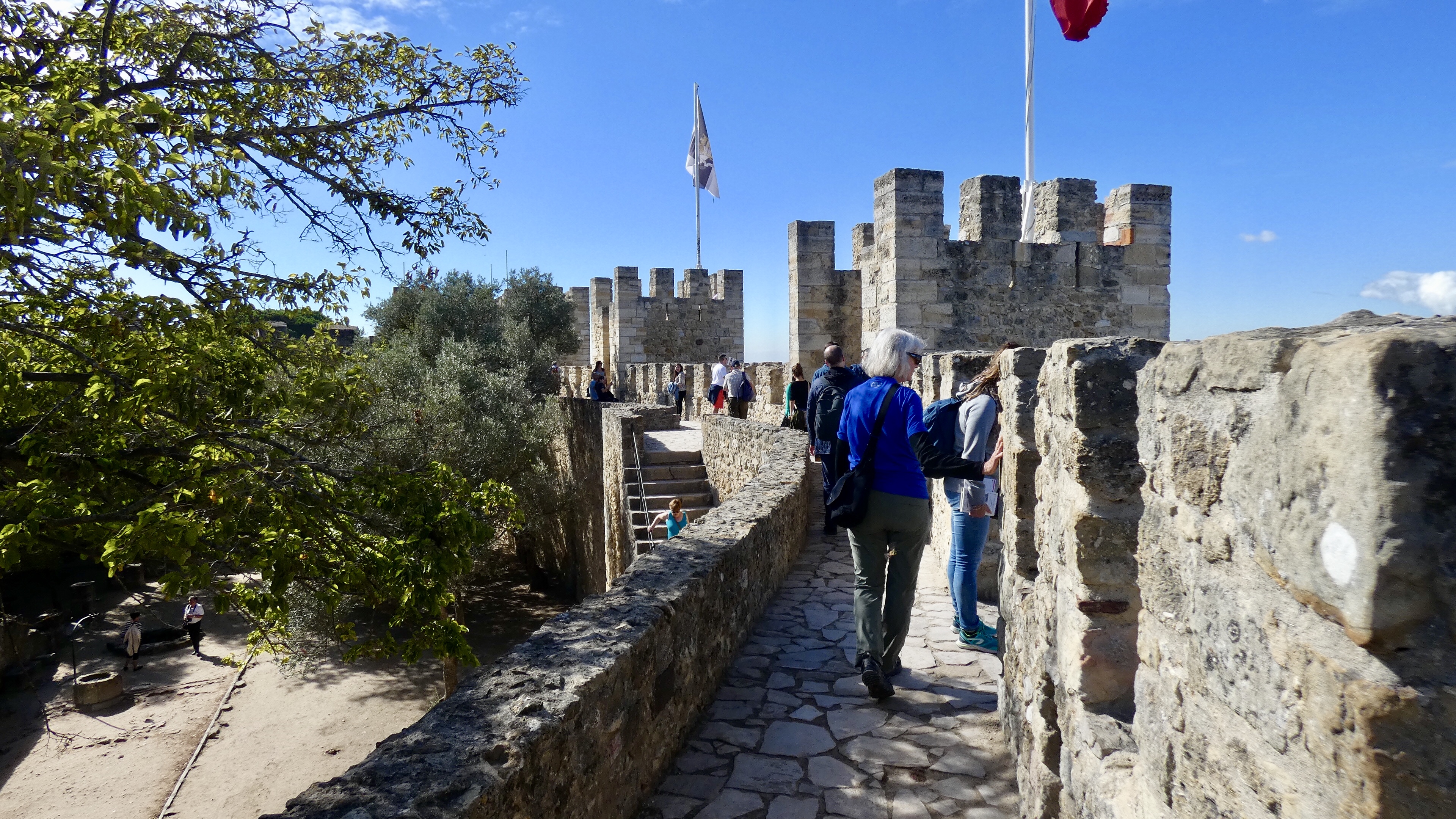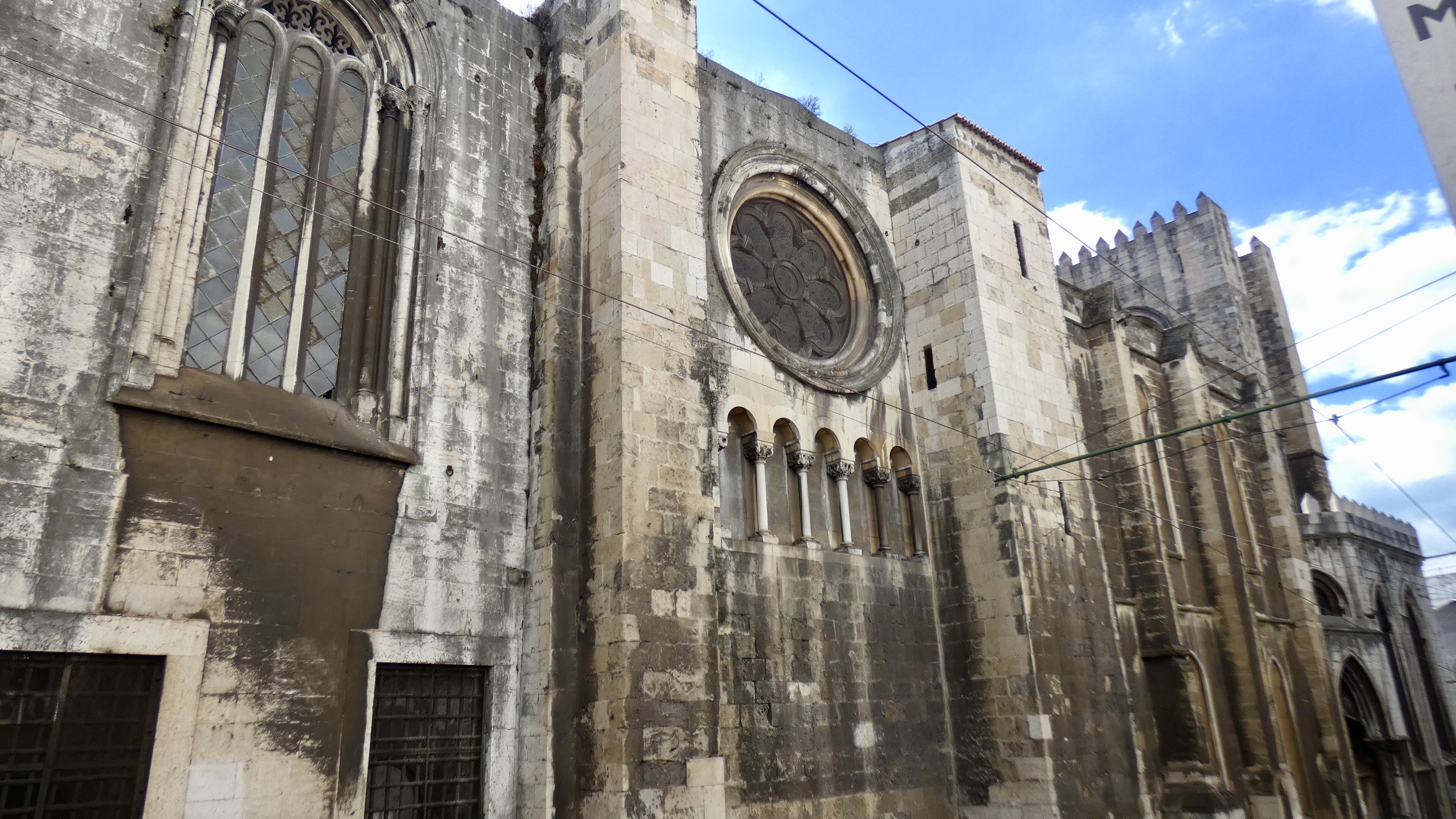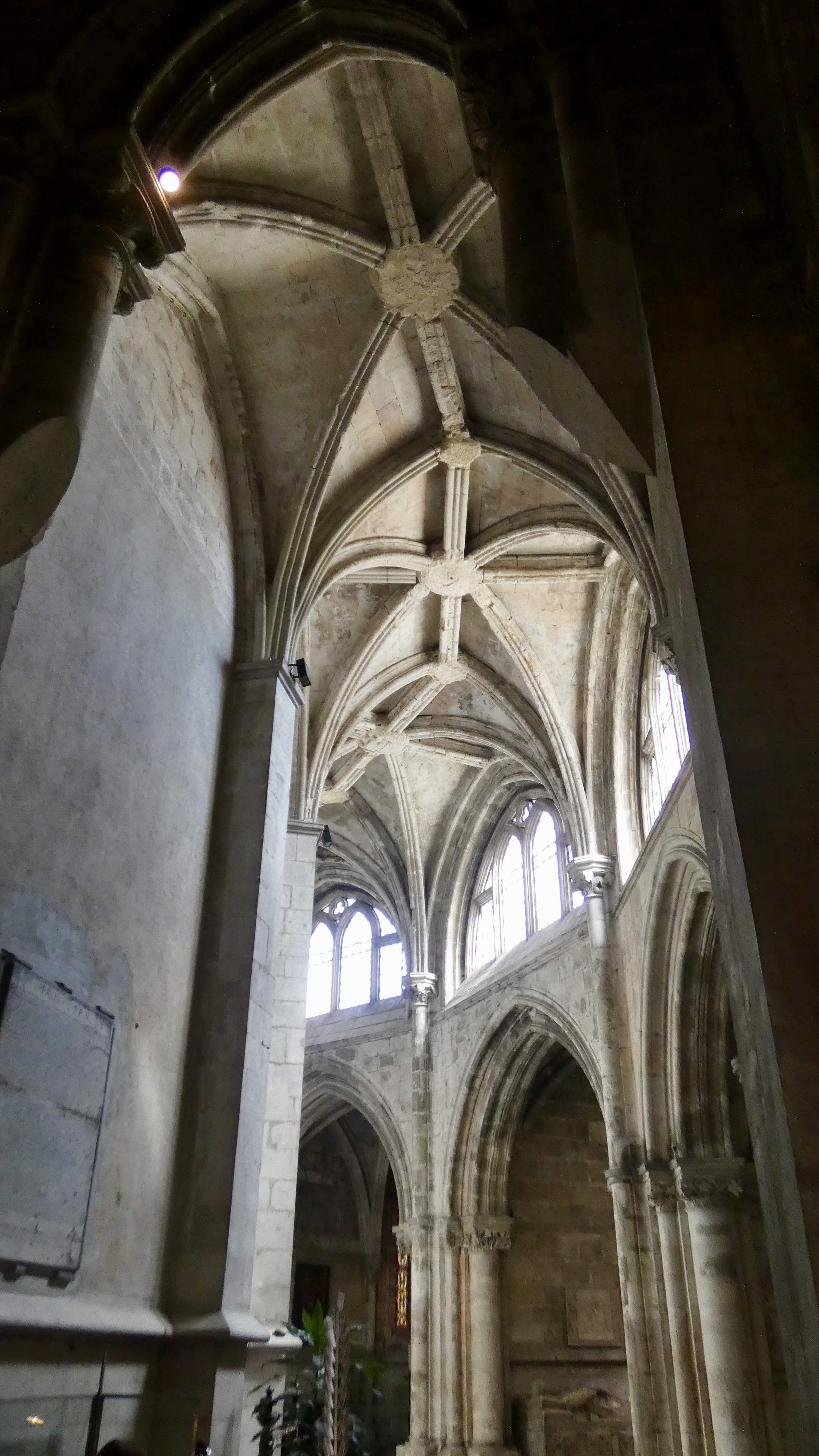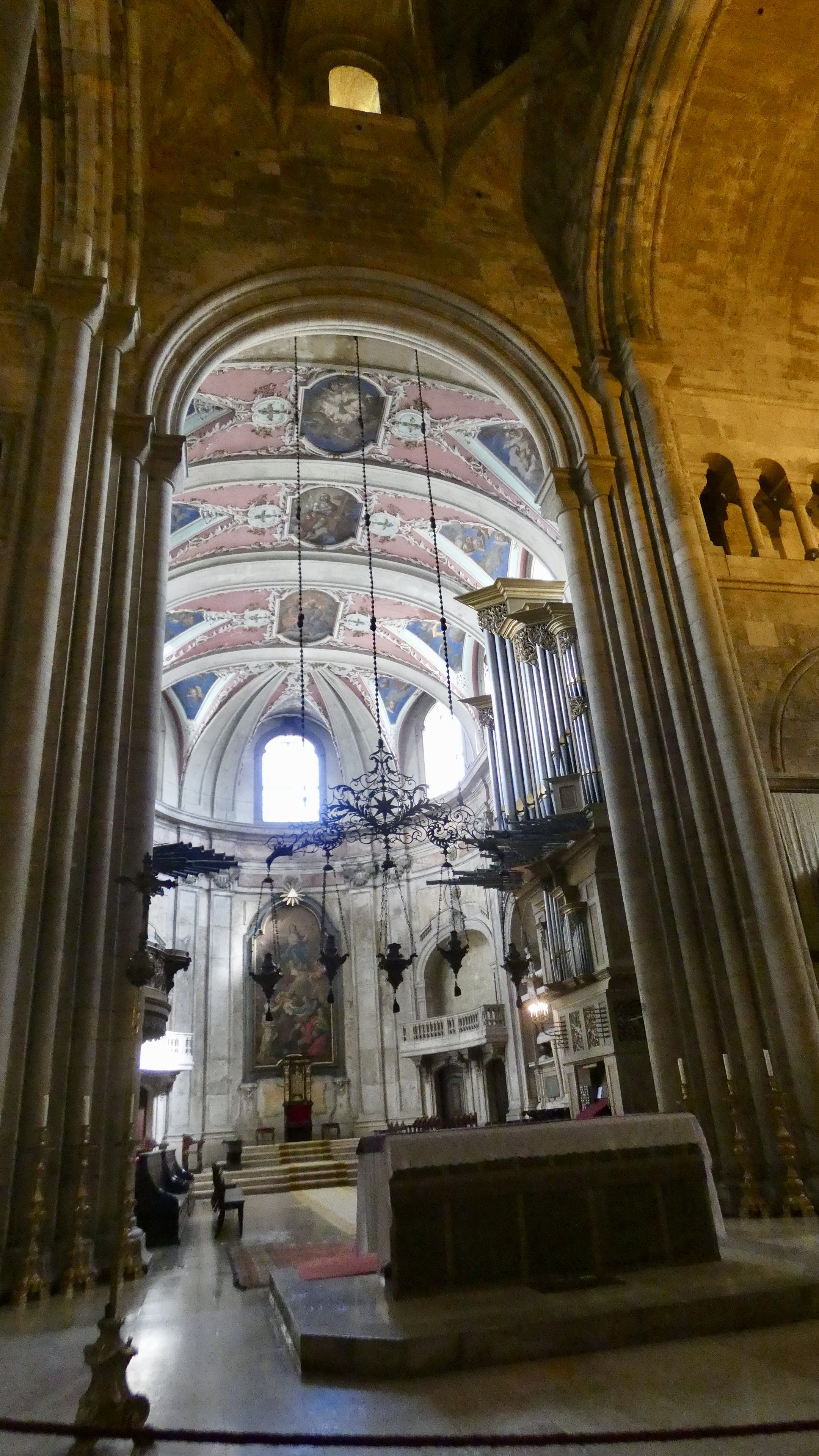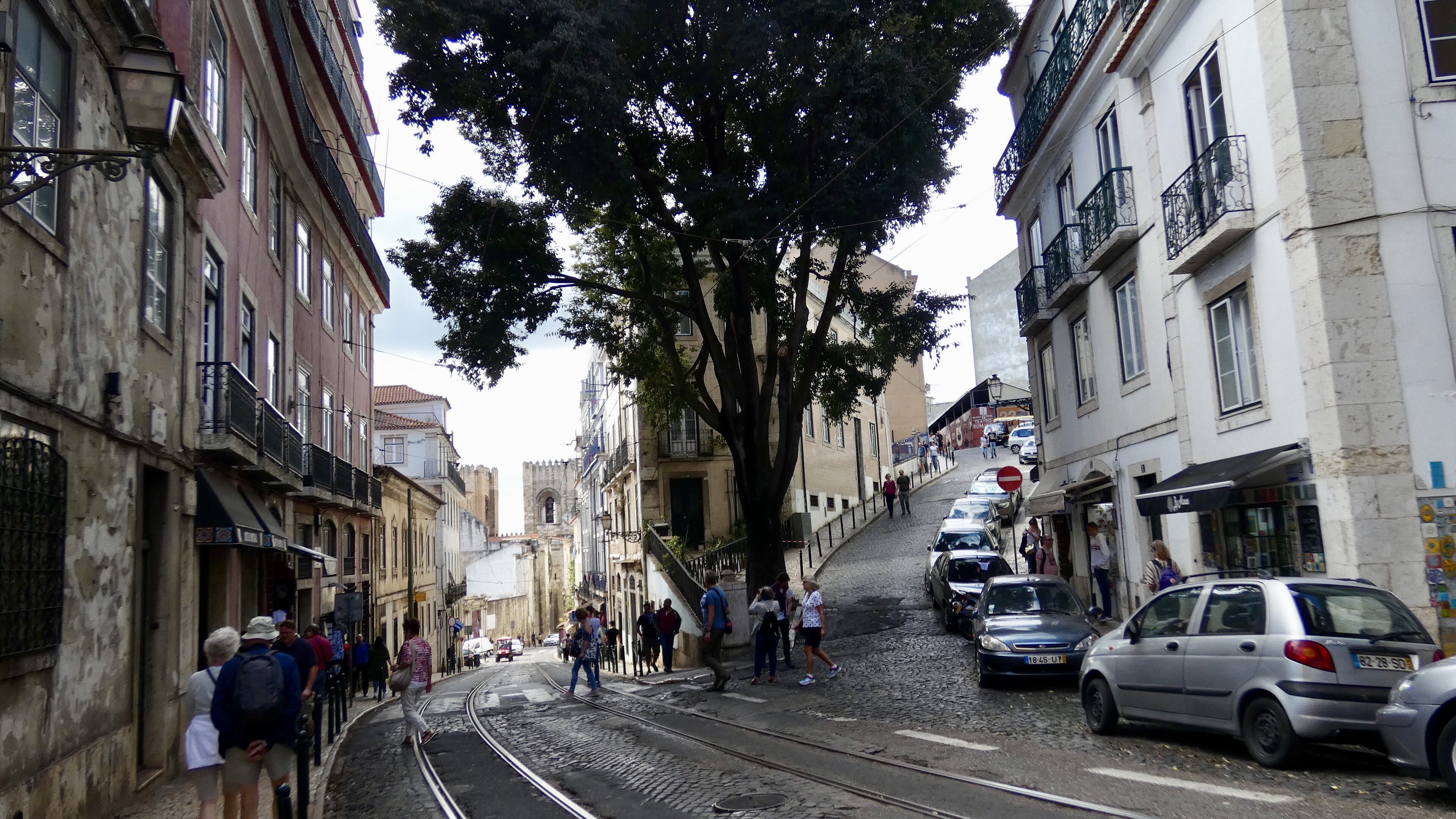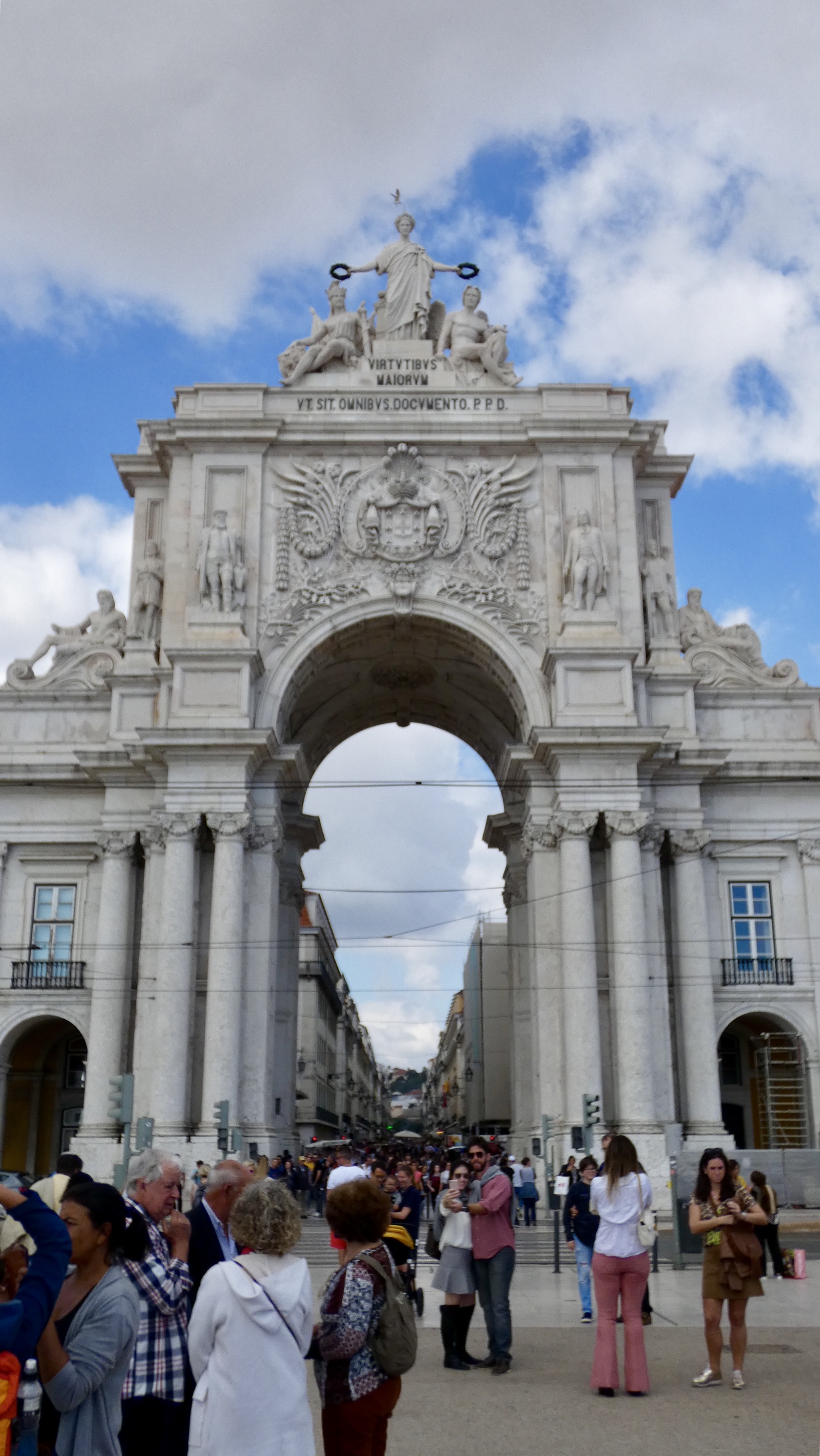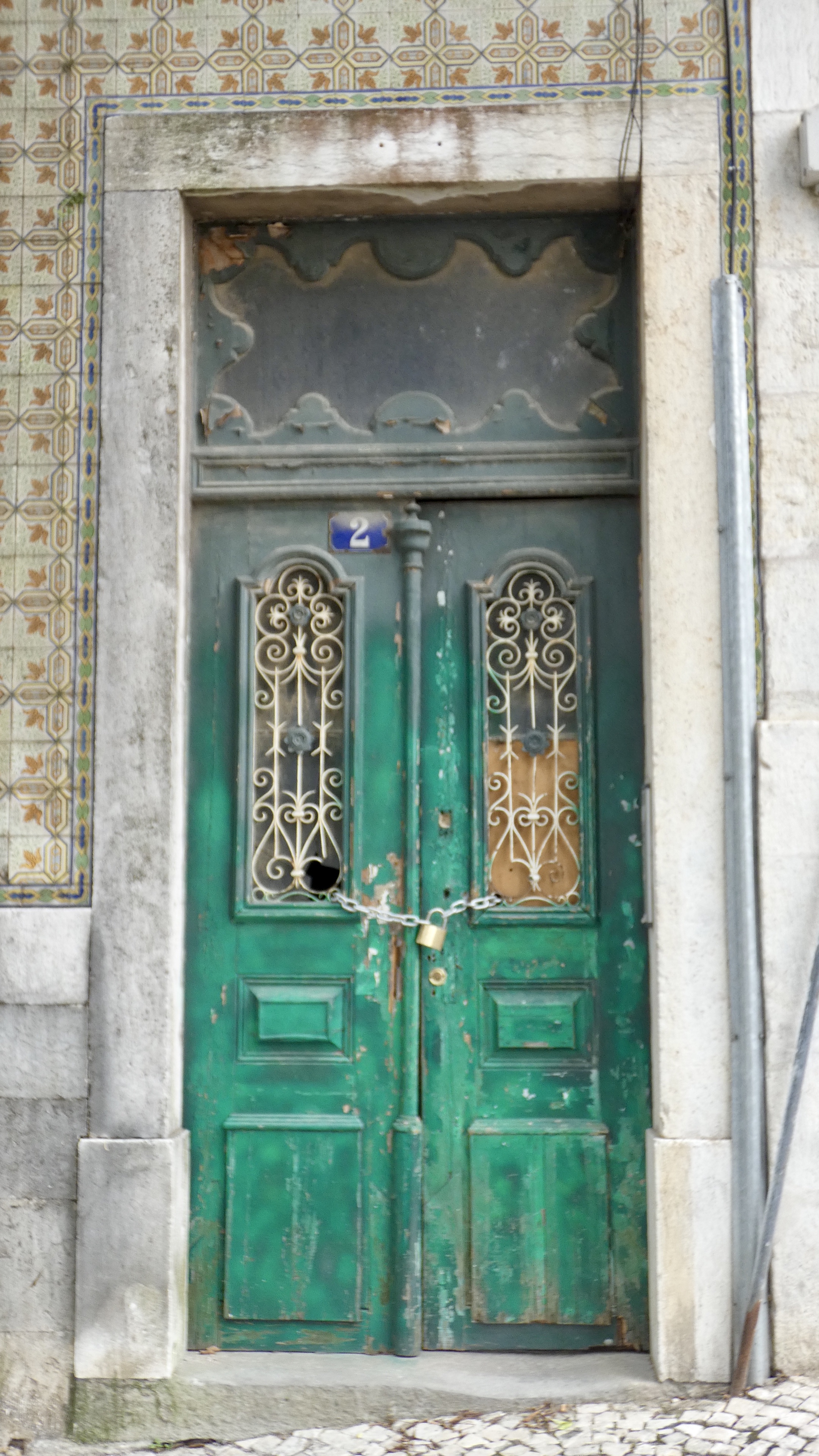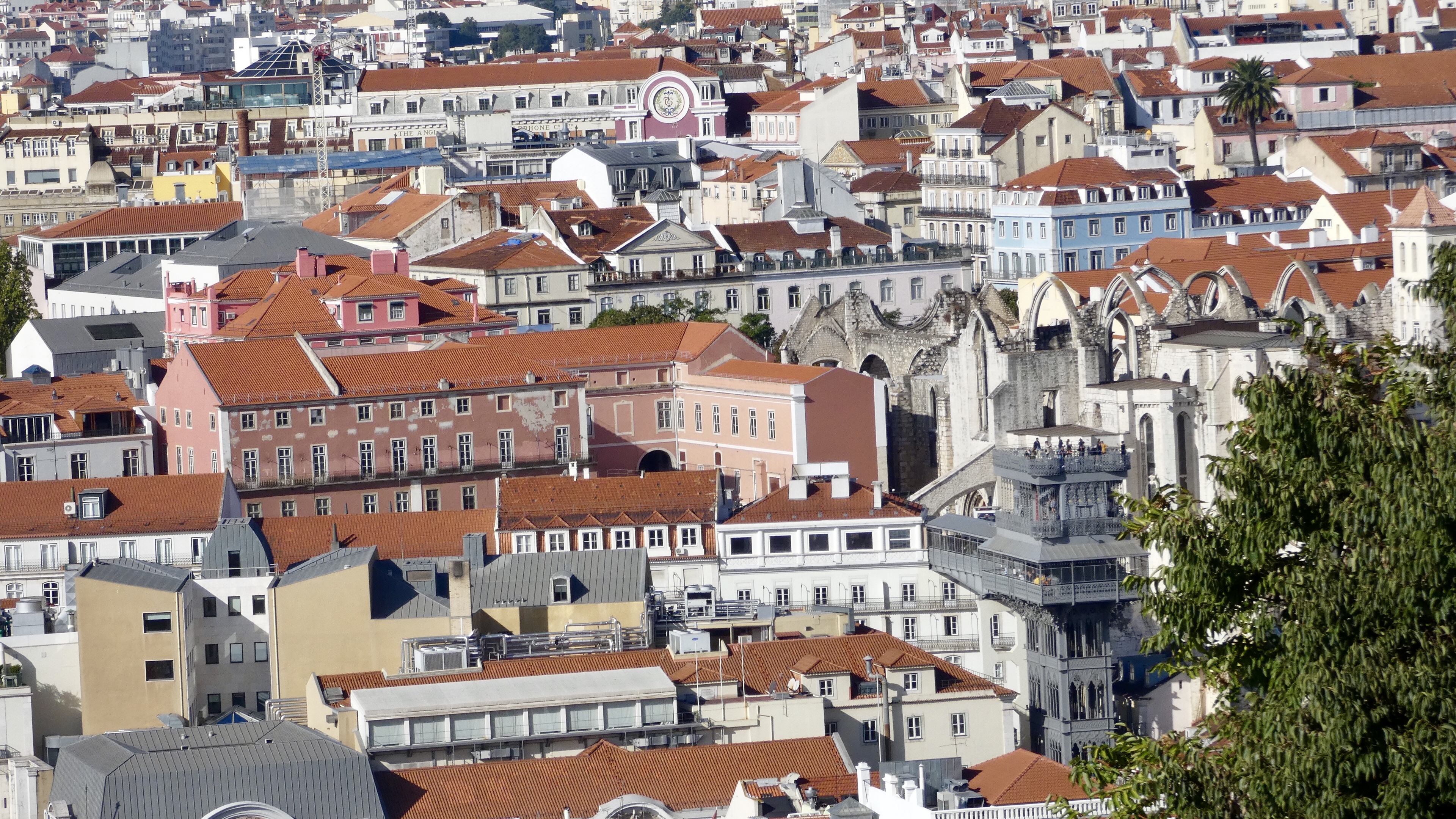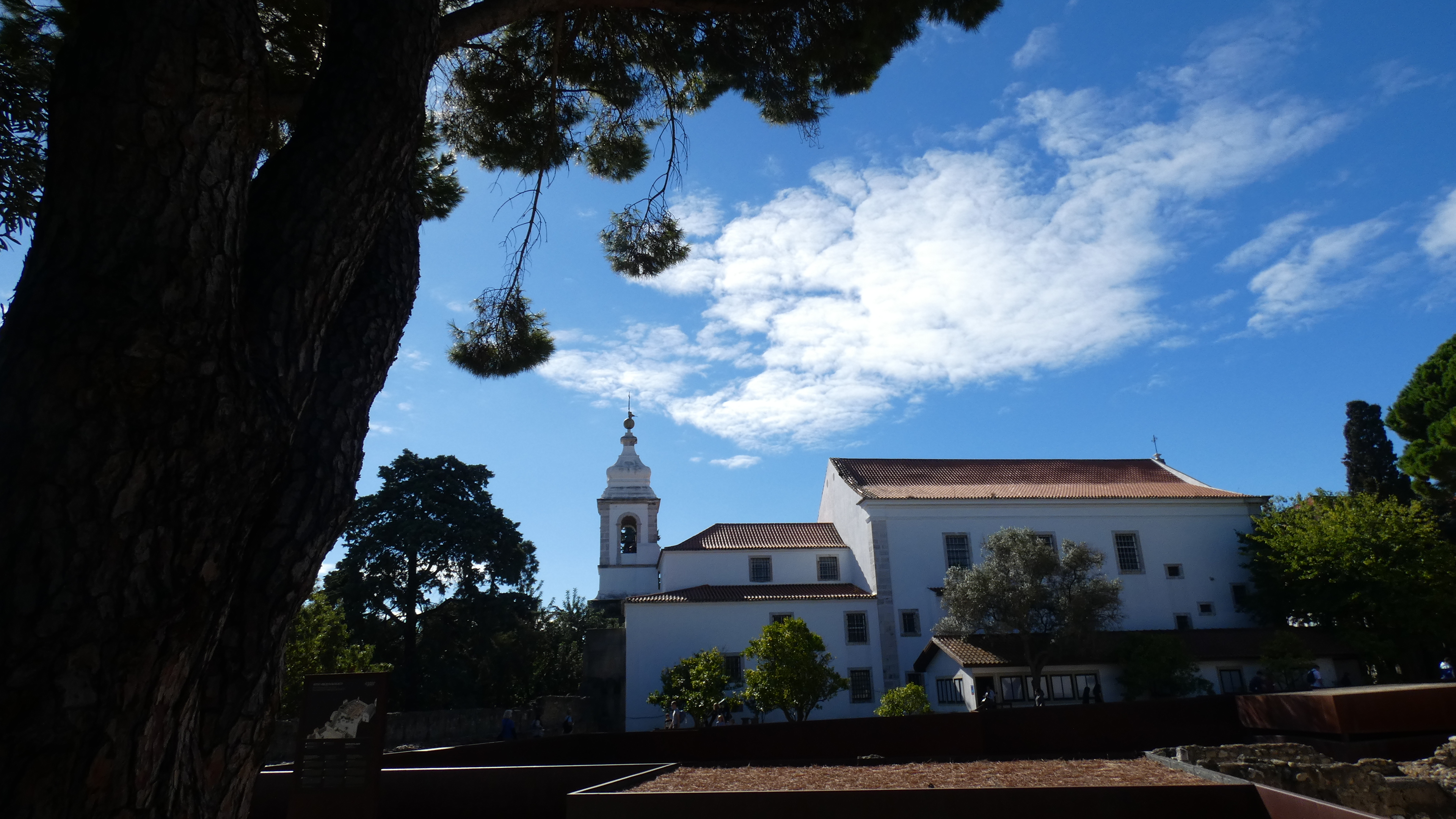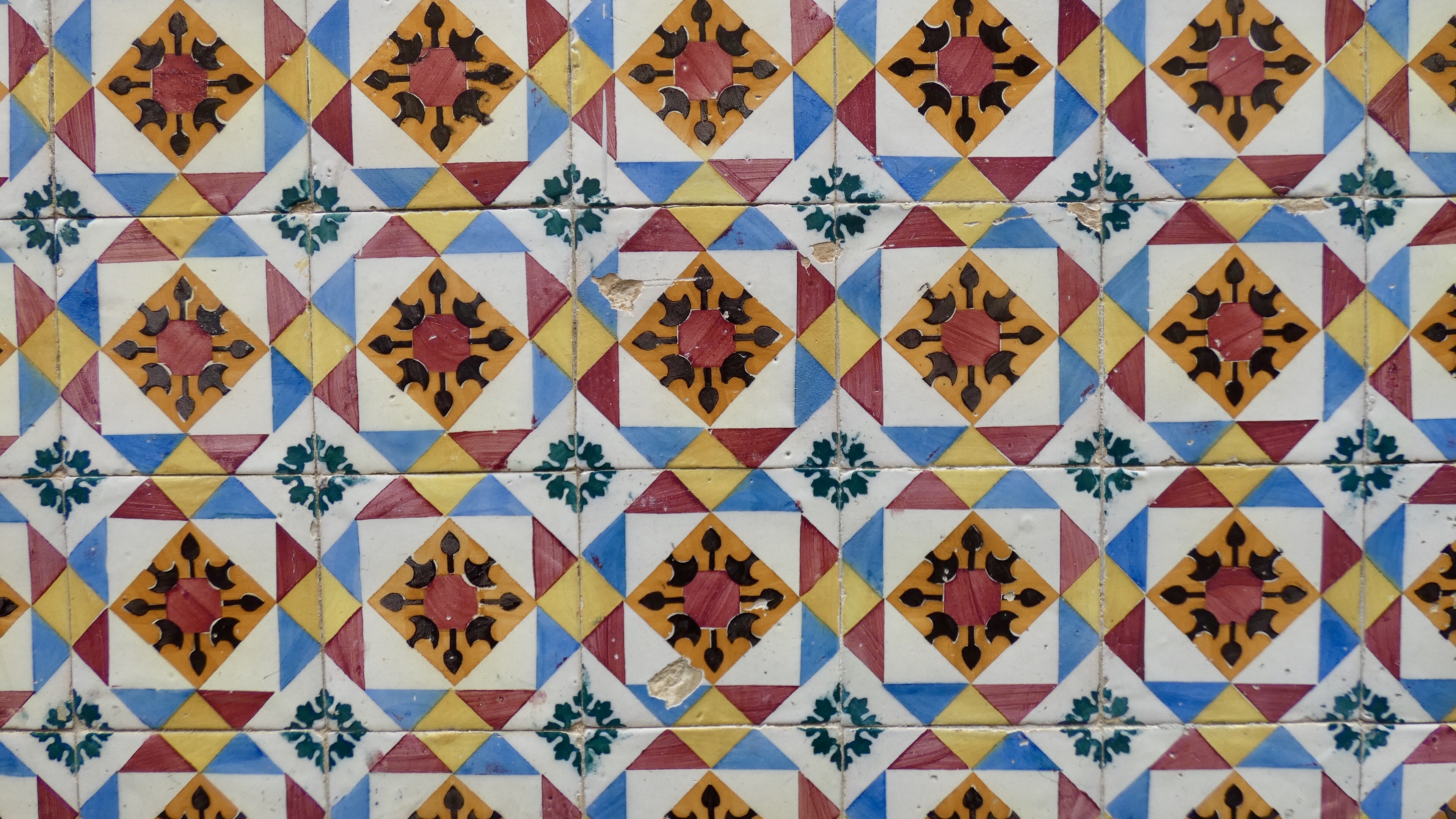Our final day in Portugal dawned beautifully clear and cool—postcard weather—and validated our decision to spend yesterday in the misty rain at Sintre and today exploring Lisboa. Lots of walking, lots of tile, and lots of good memories of a beautiful place.
We started the day making our way to Castelo do São Jorge, the 12th century Moorish fort that has been calling our name ever since we opened the window to our room at Feeling Chiado and looked across old Lisboa directly at it. São Jorge is a must see if only for the magnificent views (go in the morning for stunning light) of Lisboa, Rio Teja, and more distant lands, but the fort itself is a joy. The ramparts run every which way and back, and you can easily spend an hour or so walking o’er them. Because the fort is so large, crowds seem to disappear and it’s easy to find a quiet, comfortable spot in the shade to sit and gather your thoughts. Here are a few images. (Click to enlarge.)
After a long visit to São Jorge, we wandered downhill through the Alfama (an old neighborhood, the only old city neighborhood that we had not walked) and had a salad at a small café. Like most old city areas, Alfama is steep and winding. It’s proximity to São Jorge has spawned a number of souvenir shops each selling identical tiles, cork objects, and refrigerator magnets. But it has it some lovely views to Rio Tejo and brought us to Sé Lisboa, an imposing Romanesque cathedral near the river.
More aimless wandering resulting in finding a shop that sold only tinned sardines. Who knew that there are sardine vintages and different points of origin? Portuguese take their sardines seriously, thankfully.
Our only specific objective was a return to Fabríco Sant’Anna, a tile shop on a steep section of Rua Alecrim that we found on our first afternoon in Lisboa. Fabríco Sant’Anna manufactures beautiful ceramic tiles and other objects in the traditional fashion begun by the Moors over a millennium ago. All of the tiles are hand painted using traditional color sources (manganese for sepia, cobalt for blue) and are fired at 1,000 degrees. No photos, but if you’re ever in Lisboa put it on your list. Carlos is very helpful.
Here are a few more random images.

